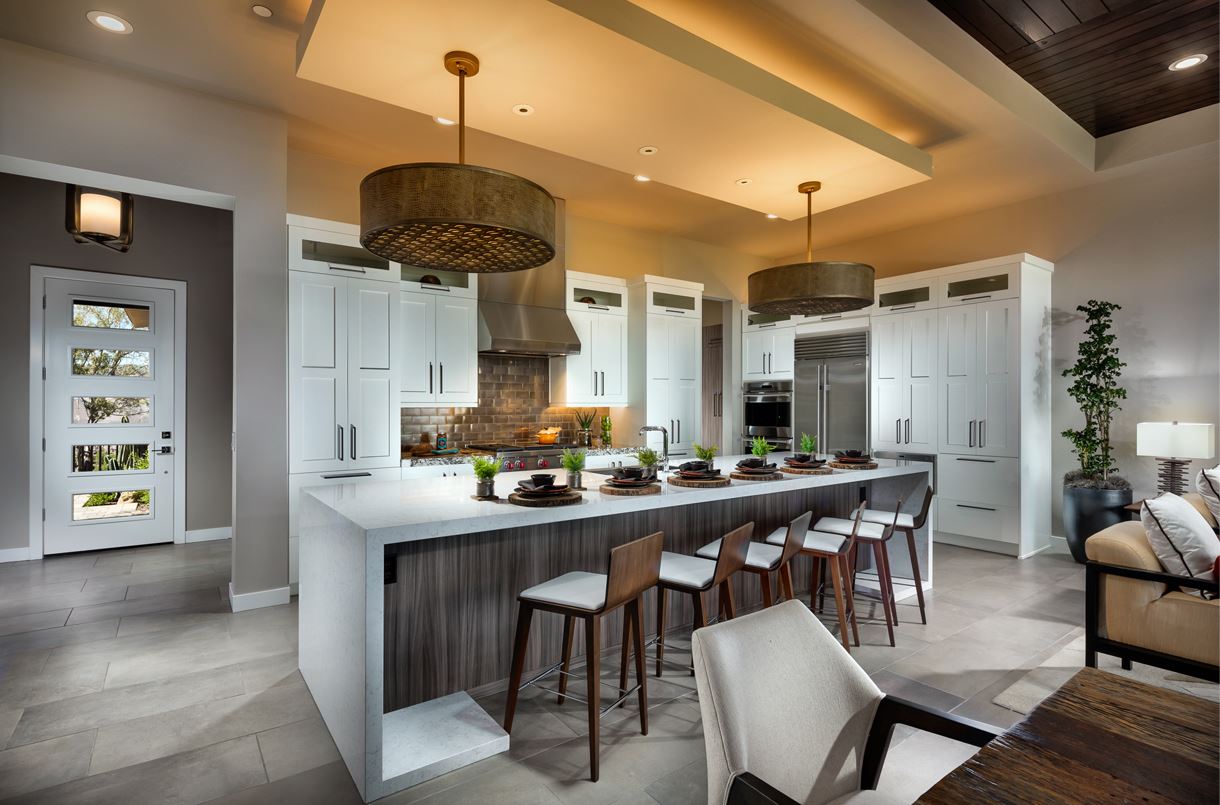What’s a cove?
If you’re only familiar with secluded coves on lake area summer vacations, you might not be able to relate to coves in an architectural context. But coves have an honored place in architectural design. If you’re building a new home, or looking at plans, you might encounter the term.
A cove is a design feature, usually employed to add architectural interest at the ceiling line. It is often accentuated by a slim ledge or cornice at or near the ceiling, and it offers a perfect opportunity to employ hidden lighting to accentuate or emphasize special features in a room. It can also be a way to illuminate an entire space with a subtle glow, bouncing light off the horizontal ceiling surface to create a delightful ambience below.
It’s the lighting that is all important. Without it, the cove simply fades into the background.
Types of Cove Lighting
The “rules” governing cove lighting are not strictly defined. In fact, there are few rules. The type of fixtures — and the type of lighting itself — varies depending on the space. It is used extensively in galleries and commercial spaces to supply the proper background mood. In homes, properly-designed cove lighting can establish a cozy, welcoming vibe that encourages relaxation and informality. In effect, the light bounces off the ceiling and imbues a room with background light.
The specific type of cove lighting depends on the room, the size of the space, the amount of light desired, and on individual creative goals. It can be dramatic or subtle. The options are almost endless, with line or low voltage options. Although cove lighting commonly provides a subtle ceiling-directed glow, it is possible to use it for dramatic effects that might include colored lights and fluctuating displays.
By working with a creative designer, it’s possible to use incandescent, fluorescent, xenon, and/or LED lighting. Whether you want subtle light or the capability for dramatic effect depends entirely on your individual vision and specific needs.
The basic requirement of this type of indirect interior lighting is that it is concealed from view. This allows great flexibility because the actual fixtures do not have to be stylish to be effective. A flexible strip of lighting coil can be just as effective as a high-end xenon strip, and a micro-fluorescent fixture with a warm-tone bulb might be the perfect solution for an “appetizing” dining room.
Personalizing Your Plan
Especially in rooms with high or vaulted ceilings, indirect interior lighting can be used to “warm” the space, and helps eliminate shadows to establish a “human element.” If your new home plan includes such features, why not explore the options for modern cove lighting with Aterra? Our professional designers not only have the expertise and design experience, but also the vision and creativity to help you establish exactly the right mood for your “castle.”
As an aside, in European castles of past centuries, those impressive wall sconces that directed light upward to the ceiling may have been the precursors of modern cove lighting. Even then, apparently, bouncing light off the ceiling was a pleasing way to light up a room and provide comfort.
It may be easier to achieve similar results today, but it’s no less important!


